(May 5, 2024) Decades ago, when Dr AV Gurava Reddy got an opportunity to go to England to study Orthopaedics, his joy knew no bounds. The very thought of getting into a flight for the first time in his life had the young doctor all excited. But there was a hitch. He needed money to buy his ticket. Contemplating his options, an idea struck him and he wasted no time implementing it. He sold off his scooter and refrigerator. The next 10 years he spent in England, changed his life forever. "I never dreamt I would go to England one day. At best, I thought I would be practising in my native place Guntur (in Andhra Pradesh) or somewhere nearby. Going to England was the biggest turning point of my life," smiles Dr AV Gurava Reddy, the renowned Orthopaedic surgeon and Joint replacement expert, in an exclusive with Global Indian. [caption id="attachment_51315" align="aligncenter" width="575"] Dr Gurava Reddy[/caption] Dr Reddy, who is the Managing Director of KIMS-Sunshine hospitals in Hyderabad, has a rare distinction of performing about 4,000 plus joint replacements per year, one of the largest in Asia. Patient-first "Whatever little success I have had is primarily because of my
th="575" height="1024" /> Dr Gurava Reddy[/caption]
Dr Reddy, who is the Managing Director of KIMS-Sunshine hospitals in Hyderabad, has a rare distinction of performing about 4,000 plus joint replacements per year, one of the largest in Asia.
Patient-first
"Whatever little success I have had is primarily because of my patient-first attitude. I develop a deep bonding with them in the very first meeting and become their family member in no time," says Dr Reddy, who has been recognised as "the leading physician of the world and top adult reconstructive orthopaedic surgeon in India" by the International Association of Orthopaedic surgeons, which is a rare honour.
Unlike many in his profession, Dr Reddy does not hesitate a bit when it comes to performing the most complicated and risky surgeries. "I take it up with complete and blind faith in god. When you want to do something passionately, the whole world conspires to help you," says the 65-year old, widely regarded as a visionary in the field of orthopaedics and embracing the human side of health care.
One such surgery was of a young girl whose four joints had been damaged because of arthritis. "I replaced all four joints in 10 days. This was one of the most daring decisions I've ever taken," informs Dr Reddy. This patient regularly sends greeting cards to Dr Reddy, who is well known to have taken several such bold decisions, which would often stump his team. "It's all about having a positive attitude and the willingness to help the patient," he says about his decision-making abilities.
While each surgery takes about two hours, Dr Gurava Reddy completes the critical part in about 30 minutes. The rest is taken care of by his team.
Dr Cool
Dr Reddy, who describes himself as "pathologically optimistic," says he doesn't get bogged down by anything. "God has given me a very positive attitude that I never worry about any situation, including the complex surgeries. The only time I got depressed was when my daughter was not well, years ago. Otherwise, every day is a celebration for me,” says the first orthopaedic surgeon in Telangana and Andhra Pradesh to use computer navigation system for total knee arthroplasty.
Dr Reddy, who has been felicitated with the “Distinguished Doctor” award by the British International Doctors Association in recognition of his pioneering work, has performed joint replacement surgeries on patients from Tanzania, Nigeria, Middle East and South Africa. He also performed the highest number of Buechel-Pappas mobile bearing total knee arthroplasty in the whole of India.
Collaborations
Dr Reddy collaborated with CCMB (Centre for Cellular and Molecular Biology) in conducting research to identify early bio markers to diagnose Osteo Arthritis of the knee and degenerative disease of the spine. He also collaborated with the University of Christchurch, Canterbury, UK on Stem Cell research for treatment of knee arthritis.
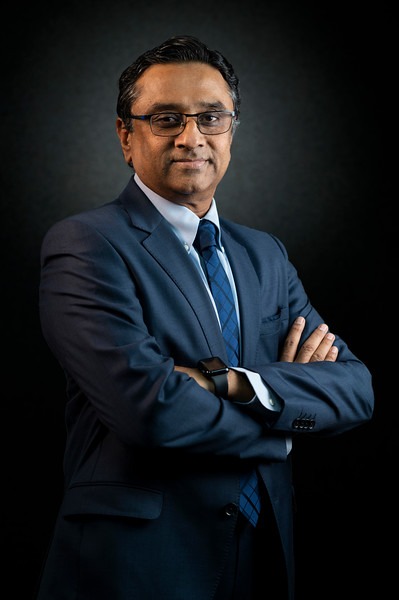
Besides, he is a visiting faculty at Badr-al-Sama hospital in Muscat and trains 10 post MS orthopaedicians in Arthroplasty fellowships every six months and hosts about 40 shorter term trainings from India and abroad. "We also have collaborations with several hospitals in the US and Germany for research and academic programmes," informs Dr Reddy, whose hospitals are the only one in Asia to have been recognised by the International Society of orthopaedic centres, which is the most elite body in the field.
His Innovations
Dr Reddy brought about several innovations in the field of Arthroplasty in the last two decades. He introduced the concept of bilateral simultaneous total knee replacement in India, which enabled patients undergo both knee replacements in the same sitting, leading to a shorter period of rehabilitation, which brought down the cost. He also introduced the bilateral staggered total knee replacement for the aged and those with comorbidities, where the knee replacement is done three days apart.
Among his other innovations is the rapid recovery protocol, a concept of having selective patients being made to walk within four hours of surgery.
Andhra boy
Born in Guntur in September 1958, Dr Gurava Reddy is the eldest of the three brothers. He was six months old when his parents moved to Bapatla after his father Dr Satyanarayana Reddy got a job in the Agricultural College and went on to become its Principal. His mother, Rajya Lakshmi was a home maker.
Dr Reddy studied in Sitaramaiah elementary school, which used to be run from a thatched hut. “When it rained, the school would be closed as the water used to leak and accumulate inside. There were no tables or chairs in the school, we used to sit on small wooden pitas and listen to the teachers,” smiles Dr Reddy, recalling the good old days.
A saree for mother
After completing his Intermediate from Arts College, Bapatla, he went on to do B.Sc. Agriculture from Agriculture College, Bapatla. He always excelled in academics. “I could not secure a medical seat so got into B.Sc agriculture. I got the medical seat in my fourth attempt,” says Dr Reddy, whose best academic performance got him a ₹1,000 scholarship from the institution. "With that money, I bought a saree for my mother. I still remember the happiness in her eyes,” recalls Dr Reddy.
Though his father wanted him to go to the US to do M.Sc in Agriculture, Dr Reddy refused and enrolled himself in Guntur Medical College, of which he has fond memories. “I was doing everything except studying,” chuckles Dr Reddy, who used to be the captain of the college cricket team, table tennis team and also headed the college quiz team.
Dr Reddy’s mother harboured dreams of her son becoming a doctor. "I also used to like the doctor’s white coat and used to be fascinated by it when I used to watch my favourite movie stars wear them,” he says. But strangely what inspired him to become a doctor was a room full of tubelights. In those days when most people in Bapatla had candle bulbs, there was a doctor whose room was brightly lit, courtesy the tubelights. "Funny as it may sound, for me tubelights was an indicator of affluence and being wealthy. This served as an inspiration for me to become a doctor,” says Dr Reddy, who has four grand children.
Off to Pune & marriage
After medical school in Guntur, Dr Reddy went to Pune for his post-graduation in orthopaedics from Sancheti Orthopaedic Hospital, one of the premier orthopaedic institutes in India. Around the same time, he married Bhavani, who was also doing her post-graduation from Pune. Her father Bhavanam Venkatarami Reddy served as the Chief Minister of Andhra Pradesh and her mother was also a Minister in the state cabinet. "Though I got married in to a political family, we were both living a very frugal life in Pune. My salary was ₹800 and our house rent was ₹1200. But we managed to get on with our lives with so much happiness. This is an indicator that only money cannot buy happiness,” says Dr Reddy.
Among the many people he met in Pune was Dr Satish Kutty, who eventually recommended his name for studying orthopaedics in England. "It was in England that I learnt to take care of people, not as patients but as persons. I also learnt many new techniques in orthopaedics," says Dr Reddy, who did his M.Ch. Ortho from the University of Liverpool and FRCS from London, Glasgow and Edinburgh.
Back to India
Upon his return to Hyderabad, Dr Reddy joined the Apollo Hospital, where he worked for the next five years. Thereafter, he along with his co-brother, Dr. Bhaskar Rao (who is the chairman of KIMS Hospital now), started the KIM's Hospital in 2004. Later, he started Sunshine hospitals and drove it towards the zenith of healthcare delivery.
In 2021, Sunshine hospital’s major stake was sold to KIMS and the group is now called KIMS-Sunshine hospitals.
Busy schedule
Dr Gurava Reddy’s work keeps him busy for almost 12 to 14 hours everyday. He wakes up at 5 am and begins his day with a game of tennis with his wife Bhavani. By 7 am, Dr Reddy is in the hospital. "I have breakfast in my car which saves me almost half an hour. In between the cases I go to operating theatres and operate. On an average I operate 15 to 20 surgeries a day," informs Dr Reddy, an active faculty member at the Royal College of Surgeons, Edinburgh, UK.
Family time
It's family time for Dr Reddy after he returns home from work. "I divide my time between my four grand children and play with them," he says.
In his early days, he would get calls even in midnight. But not anymore. “My team handles all the night calls now unless close friends or some VIPs face any emergency,” says Dr Reddy, who has performed surgeries on several top government functionaries and many from the film industry as well.
Book worm & Movie buff
A voracious reader, he loves biographies and comedy besides history books. He authored a book - Guruvayanam, a collection of his musings on life and even acted in a comical teleserial named Amrutham.Also, a huge movie buff, he enjoys romantic, comedy and adventure films, along with Telugu and Hindi music.
As a traveller, Switzerland has captivated his mind and soul. "I try to do two or three international destinations every year,” informs Dr Reddy, a hardcore Beatles fan. In fact, while studying in England, he travelled across Europe and visited all the places where Beatles had performed.
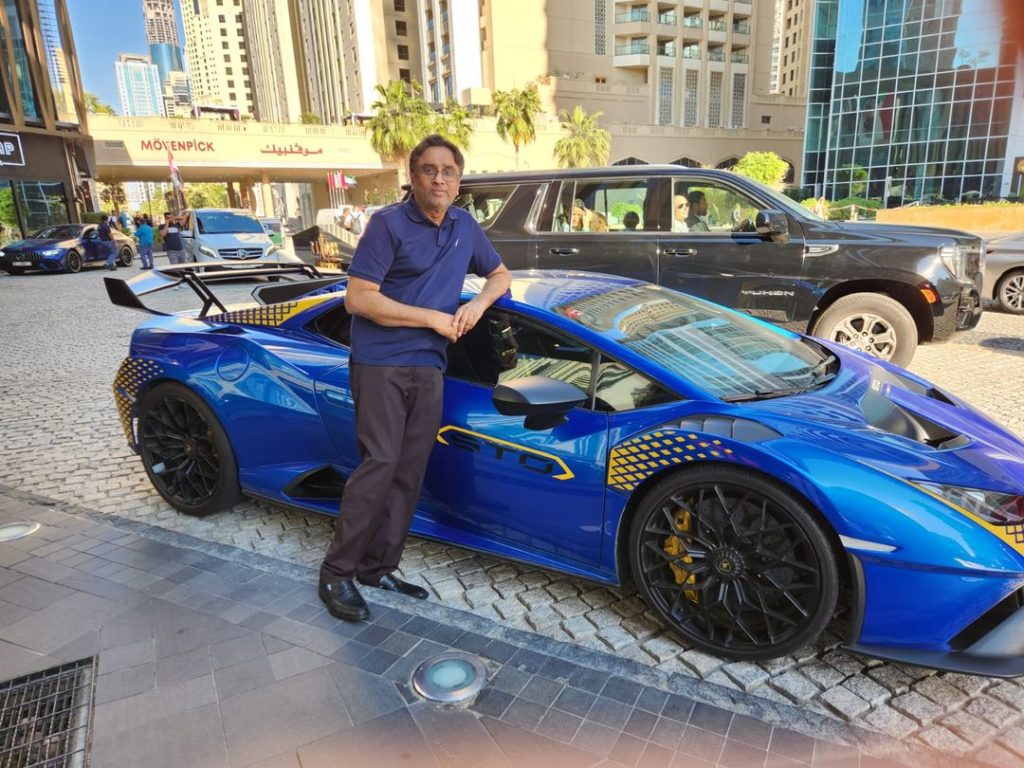
Future of medical field
Dr Reddy feels that a MBBS degree won't be sufficient in the near future as doctors would need to have an expertise or a speciality. “The technology too is evolving and doctors need to keep themselves updated. Artificial Intelligence, robotics will play a key role in the medical field," he says.
Giving back
He says a surgeon's life is divided in four decades. “The first decade is learning, next is earning, then teaching and last is giving. I am now in my fourth stage,” says Dr Reddy, who has started a trust - Sarvejana - under which surgeries are performed free of cost to disadvantaged people, who otherwise cannot afford knee replacement surgeries. Dr Reddy has already performed over 100 such surgeries and plans to do many more in future.
Awards received by Dr AV Gurava Reddy
- Lifetime Achievement Award for Contribution to Healthcare (coordinated by IMA, Govt of AP, Indo-Global)
- Felicitated by Indo-German Orthopedic Foundation
- "Top Adult Reconstructive Orthopedic Surgeon in India" award from Leading physician of the World, USA
- "Outstanding citizen of Andhra Pradesh" by Indian Express Group
- Felicitated with the “Distinguished Doctor” award by British International Doctors Association in recognition of his pioneering
- Felicitated with the “Paul Harris Fellow” by Rotary International
- Excellence Award by Delhi Telugu Academy, Ugadi Puraskar 2010 for contribution in field of medicine.
- “Vocational Excellence Award” by Rotary International District
Follow Dr Gurava Reddy on LinkedIn
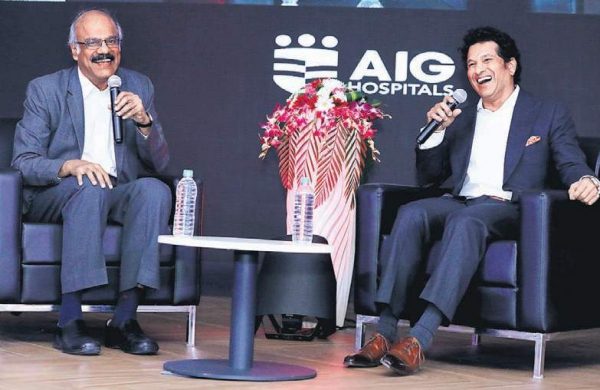


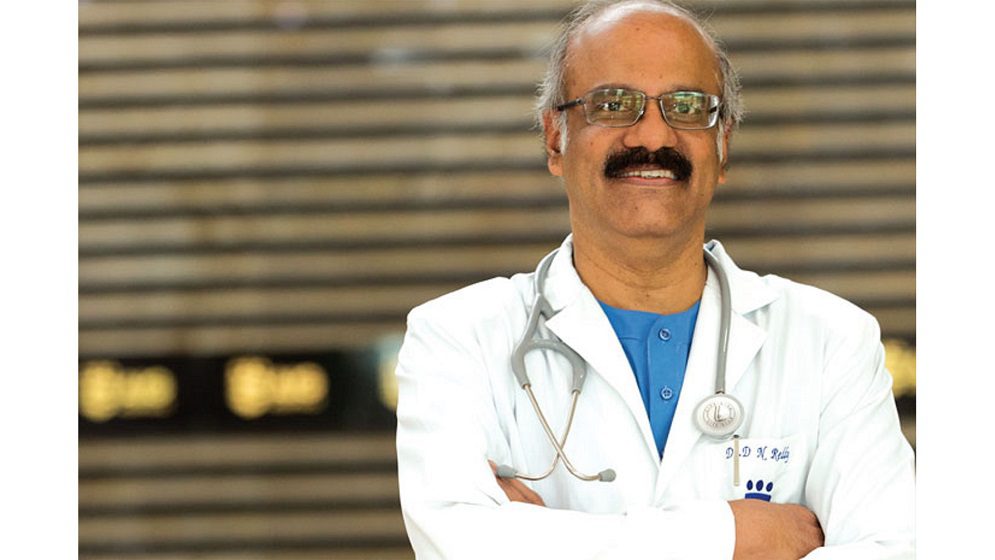
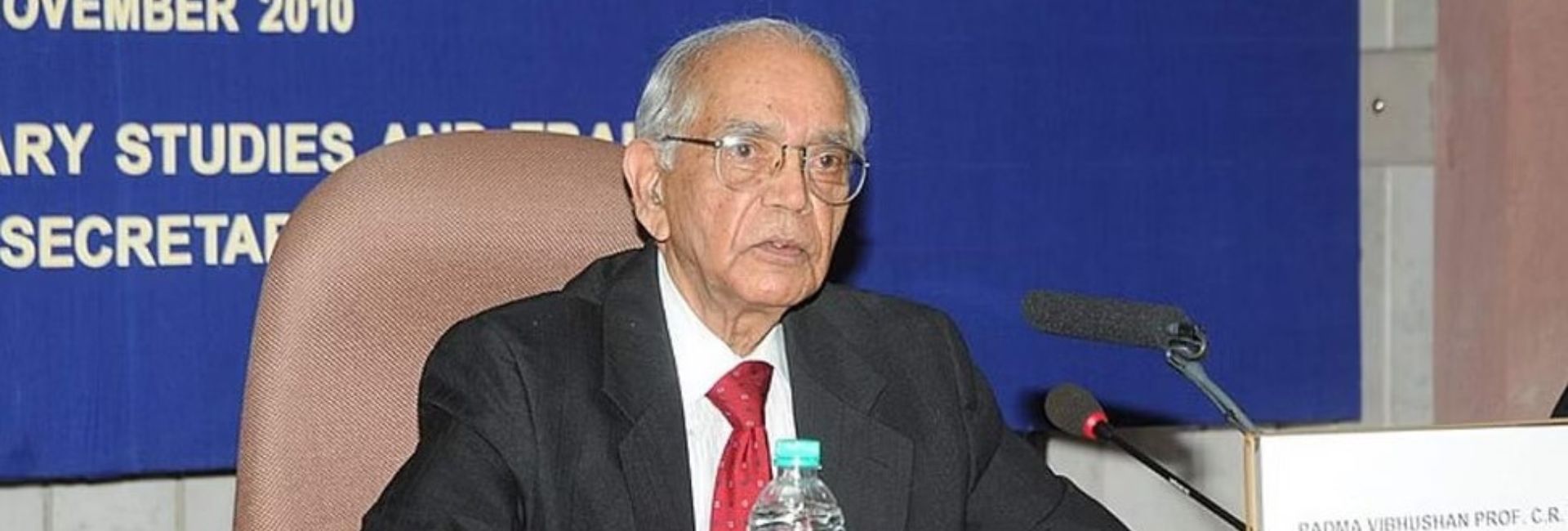
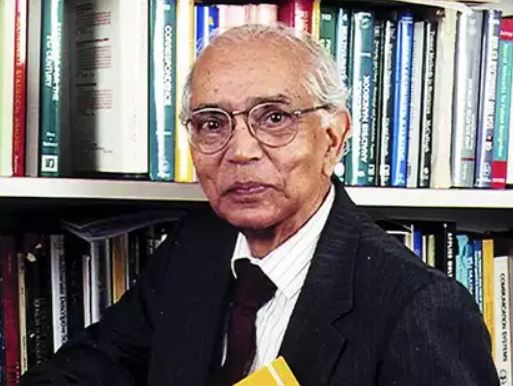 Master Statistician, C R Rao[/caption]
Master Statistician, C R Rao[/caption]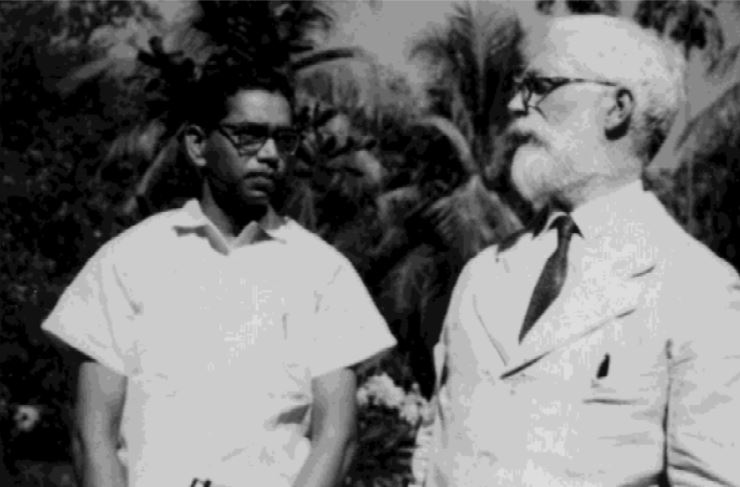 Rao with Fisher at Indian Statistical Institute, Calcutta, 1960[/caption]
Rao with Fisher at Indian Statistical Institute, Calcutta, 1960[/caption]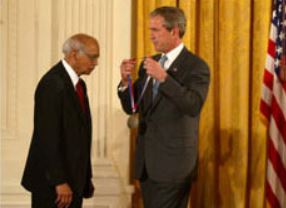 Rao receives Medal of Science from the US President Bush in 2002[/caption]
Rao receives Medal of Science from the US President Bush in 2002[/caption]



 The Met Gala carpet, designed by Neytt by Extraweave.[/caption]
The Met Gala carpet, designed by Neytt by Extraweave.[/caption]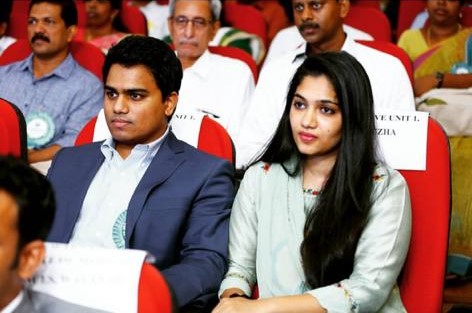 Sivan Santhosh and Nimisha Srinivas[/caption]
Sivan Santhosh and Nimisha Srinivas[/caption]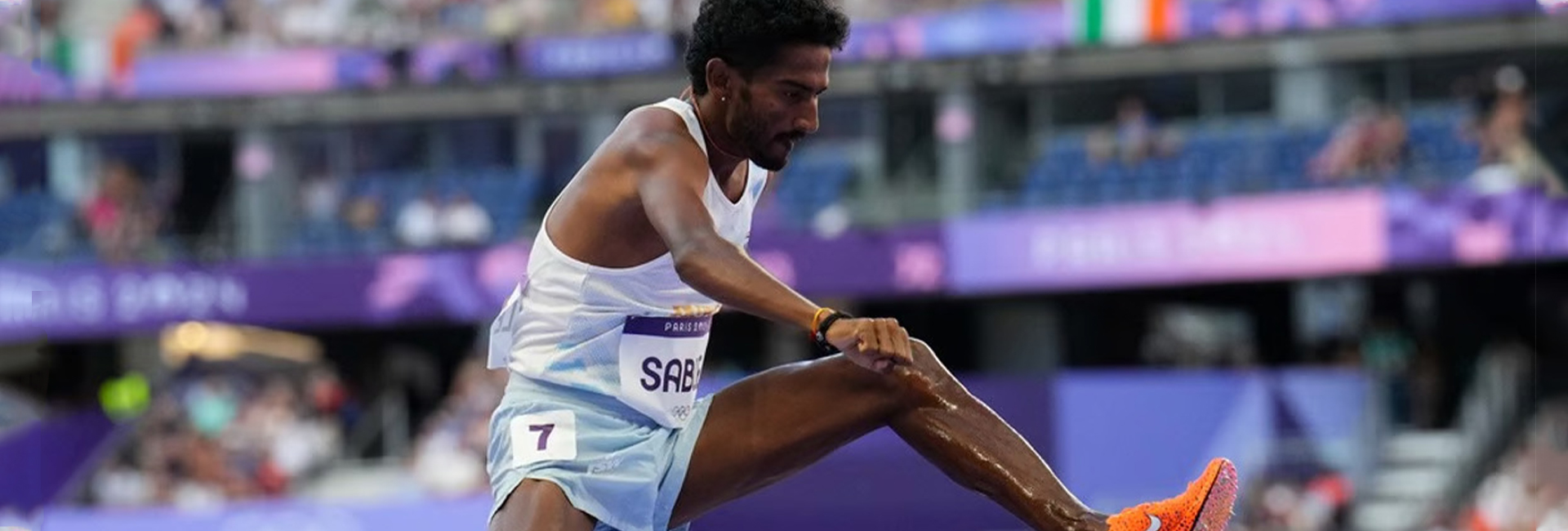
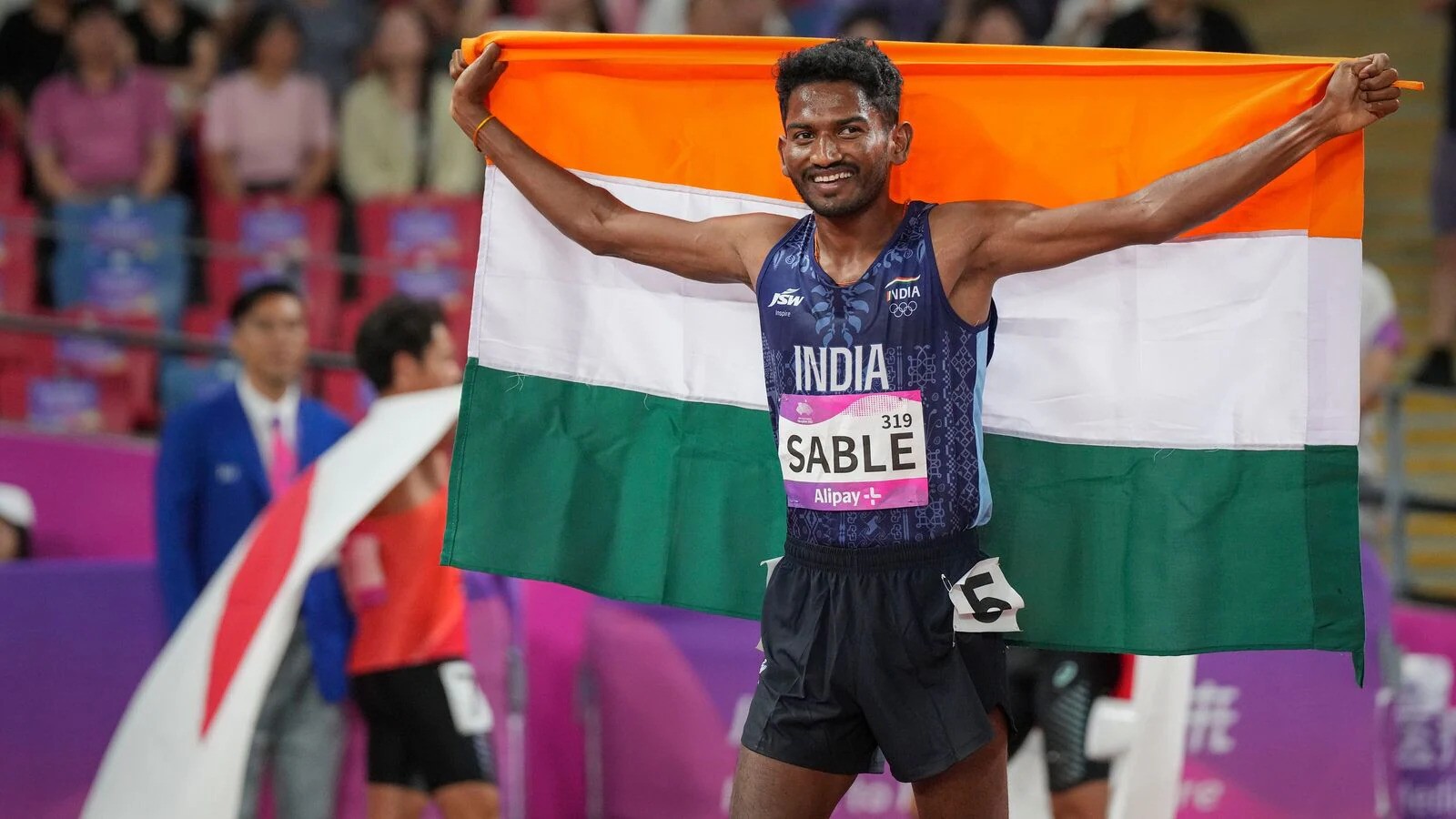
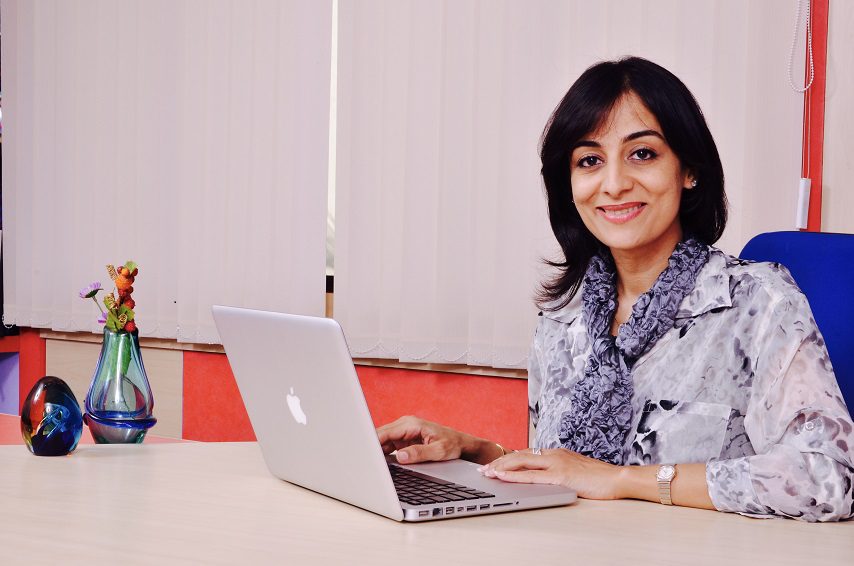
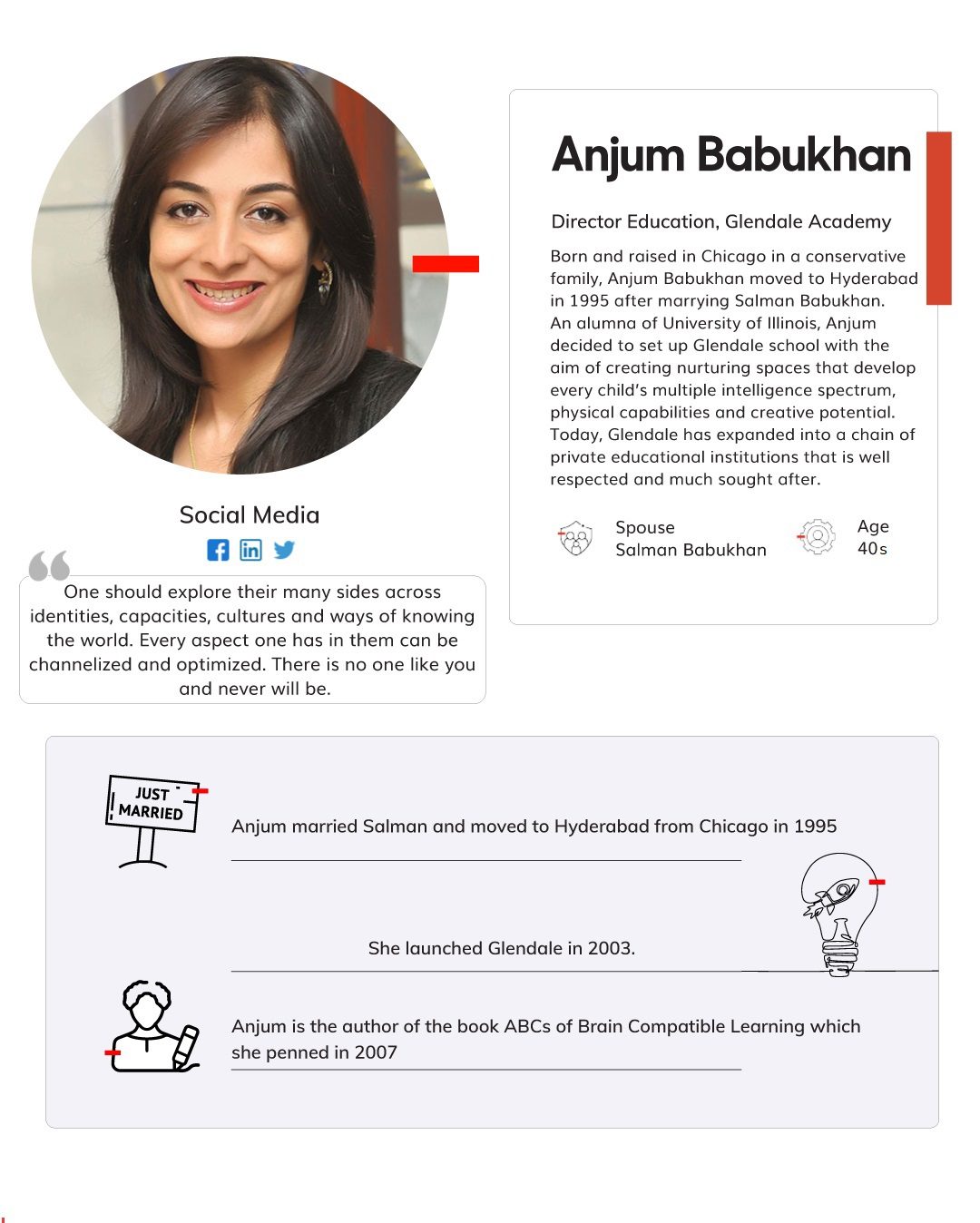
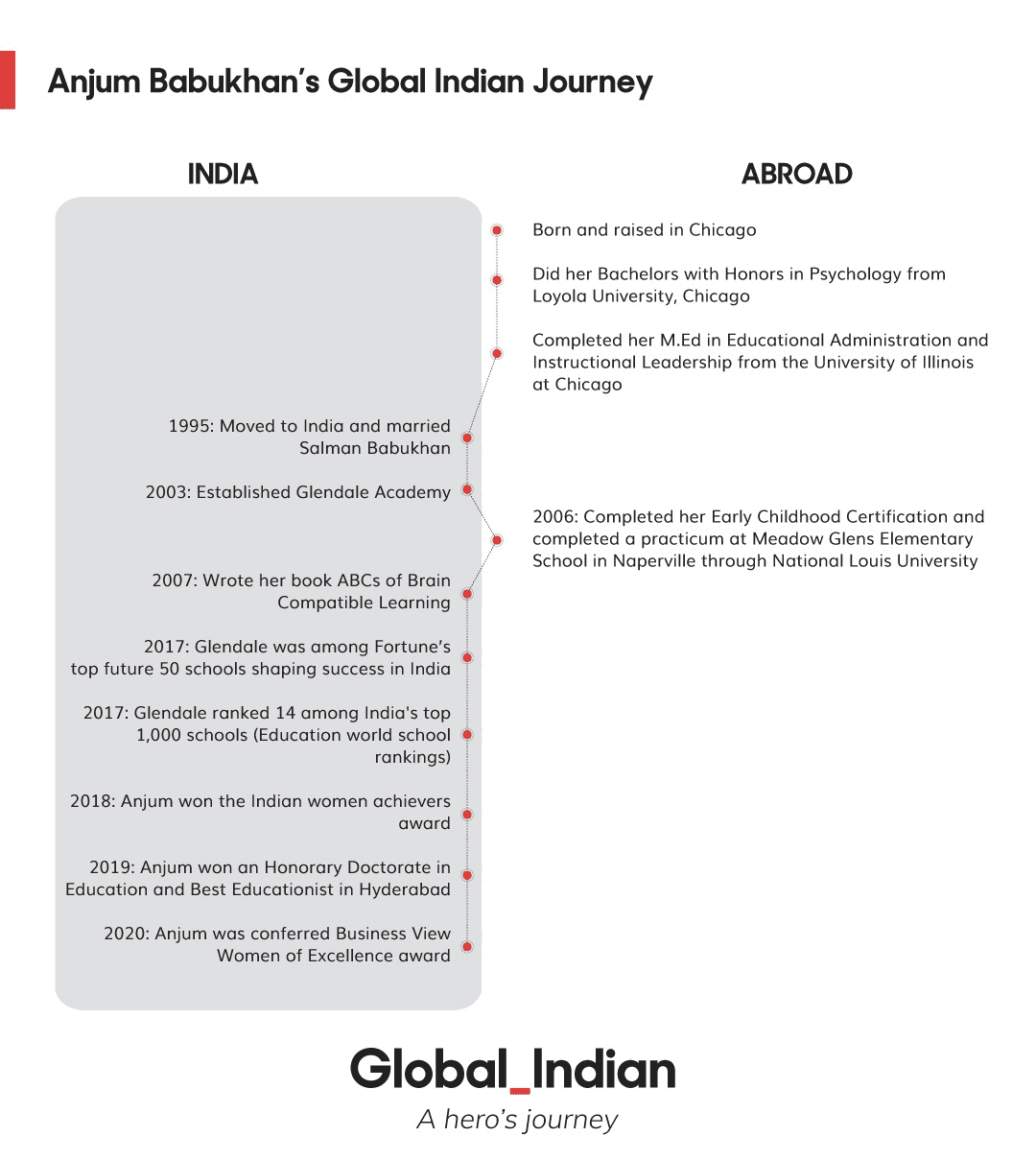

You are top Indian gastrology doctor thank-you sir
my large bowl disease treatment in cmc not curesness
Yes